How To Become A Model: 10 Essential Tips For Aspiring Models
Your one-stop guide to make the streets your runway and the world your oyster.

Image: Shutterstock
When asked, “how to become a model?”, most people would say that “looks” are the greatest asset for models. And they are not entirely wrong. You see, looks are the primary value proposition in the modeling industry. However, it takes more than just looks if you aim to be a supermodel and have a successful modeling career. First, you have to know what sells products and then understand the business’s nitty-gritty. That is why industry giants give the most attention to models like Giselle Bundchen, Heidi Klum, or Jerry Hall.

Below are the basic requirements that you would need to meet to have a shot at becoming a model. Following these would help you understand how to be a model and what it takes to stay at the top. Keep scrolling!
 Ace The Look
Ace The Look- Dressing: Invest in high-end classic clothing pieces, such as denims, black dresses, blazers, and knitwear—these pieces never got out of style.
- Makeup: To accentuate your natural beauty while retaining a youthful appearance, emphasize neatly groomed eyebrows, use mild contouring and highlighting, and choose soft or neutral lip colors.
- Accessories: To elevate your look, experiment with bold sunglasses, layered necklaces, structured handbags, or statement belts and headbands.
- Footwear: Invest in stylish and versatile footwear like white sneakers, ankle boots, or sleek pumps that complement a variety of outfits.
In This Article
What Does A Model Do?

The first thing that a model does is go to castings. Whenever a designer or photographer wants a new look for their collection, they will call modeling agencies and ask them if any of their models have the ‘look’ they are going for. For instance, the designer may need a girl with red hair and freckles or a guy with a particular body type.
Sometimes designers may want to portray an image of perfection. So, they will choose models who have no physical flaws. It would be the case if the designer wanted a model for a high-fashion project.
At other times, designers will choose models who are not quite perfect but closer to real-life standards. For instance, you might be chosen if you have a great smile that would go well with clothes designed for younger people, or your thick eyebrows might fit something designed for an older audience. In short, a designer might ask for anybody from thin to average to heavy as long as the model has a certain look that will complement their vision of what they are trying to create.
Ashlyn, a model and blogger, shared her experience of modeling on her blog. She says that small-time designers are more adaptable, discussing one of her shoots, “Our audience was small, and my designer was kind and accommodating. She allowed us to bring our own wigs or style our own hair/makeup.” She also went on to break down what the work of a model actually consists of with an encouraging note, stating, “Modeling is tough! It is physically and emotionally tiring because 90% of fashion shows consist of waiting around. Waiting for everyone to arrive, waiting for makeup artists, waiting for hair stylists, waiting for outfit inspections, waiting for practice runs, waiting for professional photos, waiting for the show to start, waiting for your turn on the runway, waiting for the show to end. So much waiting! But it is also so rewarding. I have made friends from these shows, gained a lot of experiences and memories, and got to meet wonderful designers and models from Japan (i).”
 Quick Tip
Quick TipFurthermore, there are different types of fashion models based on their work and the audience they target. Head to the next section to know all about them.
Key Takeaways
- Beauty/glamor models, runway/fashion models, body types/diversity models,and commercial models are the four types of models.
- To become a successful model, practice walking gracefully, learn about and try new facial expressions, and be confident in front of the camera.
- Make a portfolio consisting of around 30-50 of your best photos. The portfolio should be professional and simple-looking.
Types Of Fashion Models

Fashion is a broad field, and stylistic preferences vary drastically from one person to the next. Therefore, there are five important categories of fashion models, as mentioned below:
Beauty/Glamor Models
Beauty or glamor models sell the idea of the product. They should ideally have attractive, soft, smooth, and clear skin. Beauty models are hired to make products look good. Their main purpose is to be pretty and demonstrate what a product will do for the consumer if they buy and use it.
Sometimes, beauty modeling can be as simple as just having perfect skin or hair, and the product is shown as an accessory that you can use to keep up with your beauty.
Runway/Fashion Models
A runway model showcases how the designer’s clothing will look on someone and how it is supposed to fit. For instance, if there is a new line of women’s jeans and jackets. They might bring in a thin and tall model, representing the target consumer base. It also goes to show that extreme sizes do not restrict the clothes.
For yoga pants, sunglasses, or cute hats, the designer may choose a model who looks more mature but also athletic and hip. Their style has a younger flair, but their age makes them appealing to an older crowd. In this case, it is not about what they wear but how they carry them.
The audience should be able to look at the runway model and visualize themselves in the clothes. So, it is important to bring in the right type of model to wear your creations so that people can see how it is supposed to look on them.
Editorial/ Print Models
An editorial model showcases clothes created by designers and international fashion houses on the cover of high-fashion magazines. These jobs take place in studios or outdoor locations.
Body Types/Diversity Models

The beauty and fashion modeling industry has diversified now. Models come in all shapes, sizes, ages, and colors. In the past, fashion models were usually tall, white women with abs of steel and long legs. But today, the field has opened up to a more diverse group of people, including models of diverse ethnicities and plus-size models, who are now more visible and celebrated in mainstream campaigns.
You will also find advertisements that don’t use a single model and instead show representations of various sizes and shapes. It helps demonstrate that people of different shapes and sizes can wear the clothing.
Commercial Models
Commercial models are usually very attractive and have special skills to help sell the products. The purpose of commercial models is to show products being used properly. They could explain how much better their product is than the competitor’s, or they could just show the products you know and love. They demonstrate how buying the product can make your life better. The main purpose of commercial models is to show you how awesome their product is.
Catalog Models
Catalog models are people who work as product or clothing models for catalogs, online retailers, or advertising materials. They are selected according to predetermined standards, including height and general look that complement the target market and the brand’s aesthetic. These models often work in a studio environment, posing for pictures that feature the products the company wishes to market.
They usually have an adaptable demeanor that can fit into various styles. To successfully portray the desired style of the catalog, they need to be flexible and varied in their poses, facial expressions, and body language. This particular niche in the modeling industry prioritizes consistency and the capacity to properly highlight the products.
 Quick Tip
Quick TipOnce you have decided on the kind of model you want to become, you can work on the core skills needed in the profession. Check out the next section to know all about them.
10 Tips On How To Become A Model
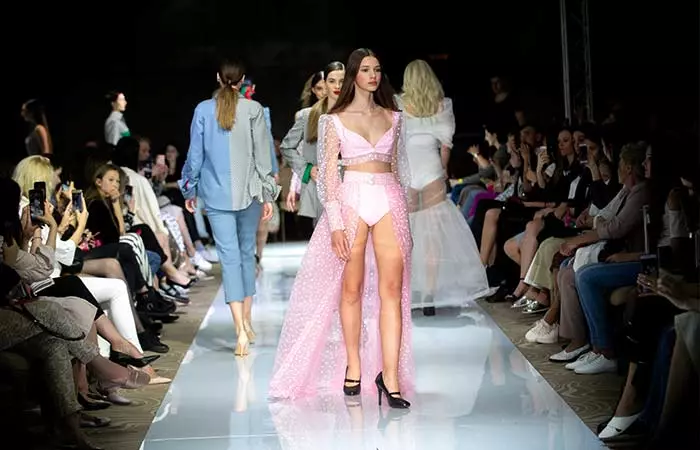
- Learn To Walk Gracefully
Models are usually expected to walk the runway with style and elegance. It means getting rid of any weird movements you might have, like hanging your hands at your sides or swinging your arms back and forth. Instead, practice making entrances for things, and pretend you are on a runway by strutting instead of walking. This is also what they teach in modeling schools.
- Work On Your Facial Expressions
Learn how to emote for photos so that you can sell a product better and be more impressive on the runway or the screen.
- Get A Tan
Or, if you don’t want to get a tan, use bronzer or some other spray-on tan product. You can also choose products that make your skin darker naturally.
- Your Clothes Should Fit Your Body
They should look like they are the right size. Make sure you are not unprofessionally dressed when meeting casting directors or producers. Avoid too big or ill-fitting clothing because it can make you look much larger than you are when on camera or in a photo.
- Wear The Right Amount Of Accessories
If you are unsure what that ’right amount’ means, ask your photographer or stylist for advice.
- Hair Should Be Clean And Styled

If you have curly hair, try to style and manage it to look good rather than unruly on camera or in photos. If you have straight hair, maintain your mane’s volume and give them a clean hairstyle.
- Practice Posing
You can do this in front of a mirror to see what you look like when you are on the camera, taking photos, or in modeling competitions. Memorize poses that accentuate your best features, but don’t be afraid to try new things because sometimes new poses can look great too.
- Try To Look Natural And and Friendly
You don’t want the camera to capture a photo of you looking angry, sad, or intense because those emotions are not very attractive. The general idea is that models should always look happy and confident in their photos. If you don’t feel confident about your abilities, pretend until you do.
- Make Sure Your Photos Are Edited Well
You can hire someone to edit your photos or if you know how to do it, feel free to edit them yourself. The photos should be edited so that the background looks as neutral and uncluttered as possible. That way, the viewer can focus on you and your face.
- Build Your Portfolio
Have about thirty to fifty of your best photos ready for when you go on an interview or on modeling auditions. Use a modeling portfolio that is simple and professional-looking, but one that shows off your personality well to get a modeling contract.
It might take a while to get into professional modeling due to lack of opportunities, experience, or adequate training, but you may still want to get exposure as soon as possible. You can take to social media and share content that shows your daily progress, learnings, and creative ideas. Take inspiration from accounts of top Instagram models for ideas on how to structure your content and increase engagement. If you improve at what you do, you may be contacted by brands for real modeling opportunities, finally kickstarting your journey!
In A Nutshell
Becoming a model is not as glamorous or easy as people might think, but this article’s modeling tips can help aspiring models. First, remember that modeling is more than just being pretty for pictures — it is about selling products and looking natural on camera. And don’t be afraid to practice posing in front of a mirror until you feel confident enough to walk gracefully down the runway or sell a product confidently. So, what are you waiting for? Get out there and become the best model you can be!
Frequently Asked Questions
What is the maximum age for modeling?
Modeling is a field where everyone, regardless of age, is welcome to join. Models are chosen depending on the product they are modeling for.
Is modeling a good career?
Modeling enhances your poise and boosts your confidence. It also allows you to travel to different places and interact with creative people. Therefore, modeling is a promising career.
What are some common challenges faced by models and how can I overcome them?
Challenges faced by models include rejection, criticism, successfully navigating the industry, meeting deadlines, maintaining a healthy lifestyle, unpredictable job and income, low self-esteem, etc. You can overcome these by acknowledging that not everyone will like your work, educating yourself about the industry, keeping yourself fit overall rather than focusing on short-term goals, and planning ahead for a rainy day.
How do I network with other professionals in the modeling industry?
Having a good attitude, greeting and treating everyone with respect, and being punctual makes you stand out and helps you socialize with people in the same industry. Start small and let your actions speak for itself.
How important is networking in the modeling industry?
Networking is one of the most crucial steps in a modeling career. Showing up to industry events, such as fashion shows, modeling expos, and open calls, keeps you under consideration. You’d be surprised at the good opportunities that come through such meetings with photographers, casting directors, or agents. Building connections and maintaining relationships ensures that you have a successful career in the modeling industry. As these connections can help you collaborate with professionals, an opportunity that every budding model looks for, making connections is an indispensable part of the job profile. Even social media like Instagram and LinkedIn, have proven pretty helpful for getting professional networks. They increase visibility within the industry and make you aware of new job opportunities and trends. Time spent building up these relationships can help unlock collaborations, casting calls, and referrals that just may decide how your career develops in the modeling world.
What are some common mistakes to avoid when starting a modeling career?
It is important to choose the right agency, photographer and photos for your portfolio, and to read through your contract before signing. Doing these can help you avoid a lot of grief in the long-run.
Illustration: How To Become A Model: 10 Effective Tips To Follow
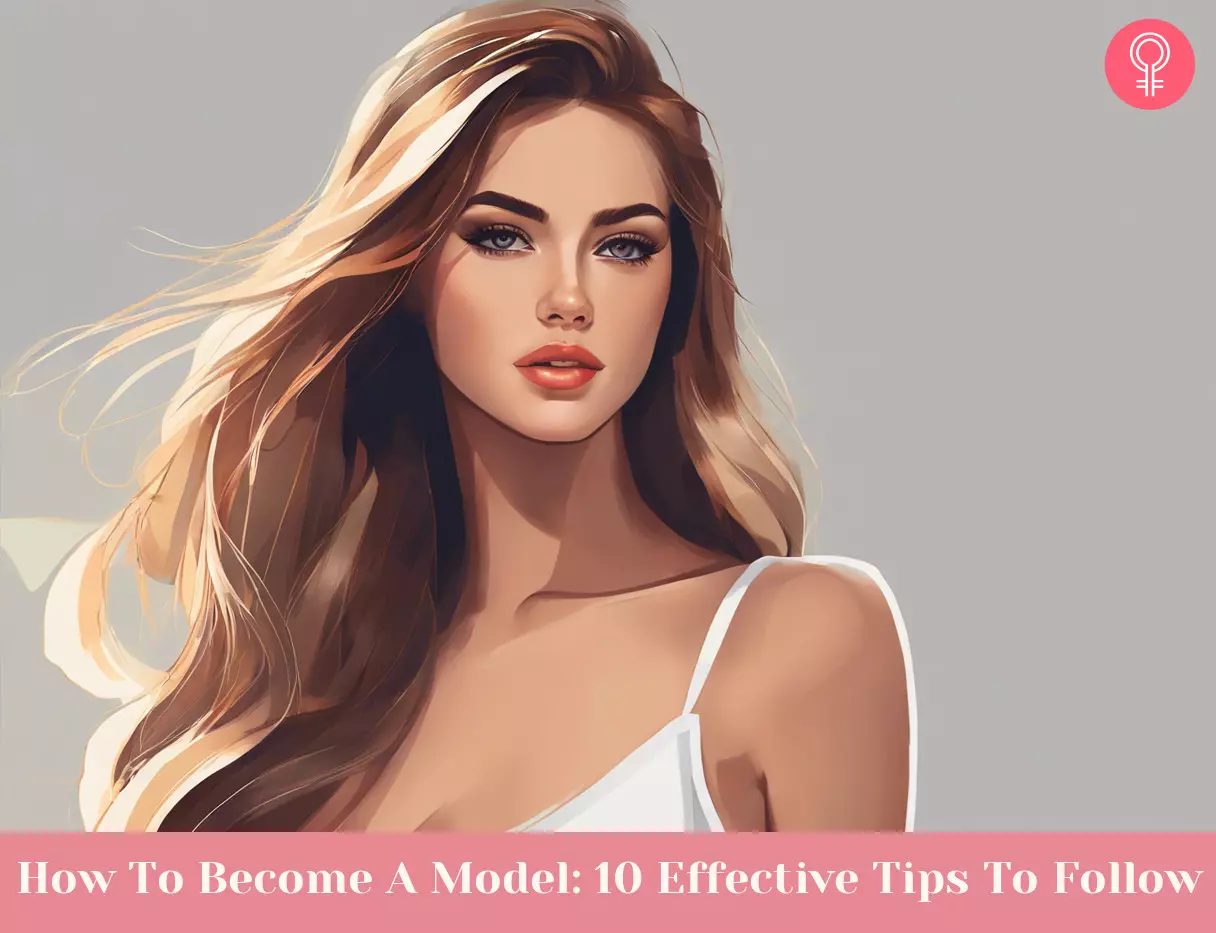
Image: Stable Diffusion/StyleCraze Design Team
Looking for a guide on how to become a model, with invaluable tips and tricks? Don’t miss out—watch the video now and kickstart your modeling journey.
Personal Experience: Source
StyleCraze's articles are interwoven with authentic personal narratives that provide depth and resonance to our content. Below are the sources of the personal accounts referenced in this article.
i. My Experience as a Lolita Modelhttps://itsvanillabear.blogspot.com/2015/07/my-experience-as-lolita-model.html
Read full bio of Jeffrey Ampratwum
Read full bio of Sushmita Barman
Read full bio of Shatabdi Bhattacharya
Read full bio of Anu Pallavi

















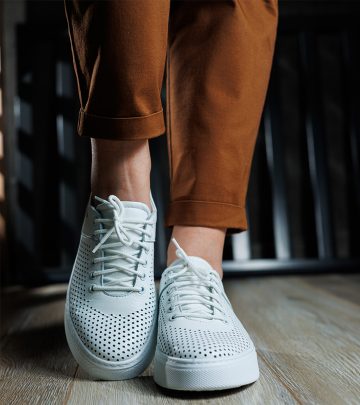
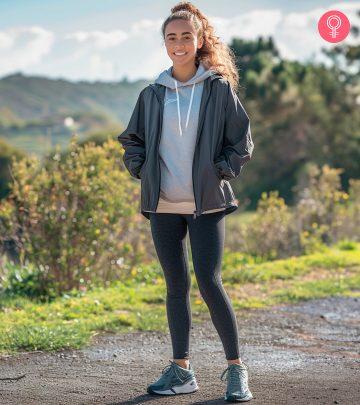

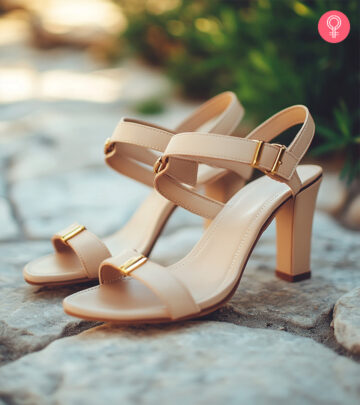







Community Experiences
Join the conversation and become a part of our empowering community! Share your stories, experiences, and insights to connect with other beauty, lifestyle, and health enthusiasts.